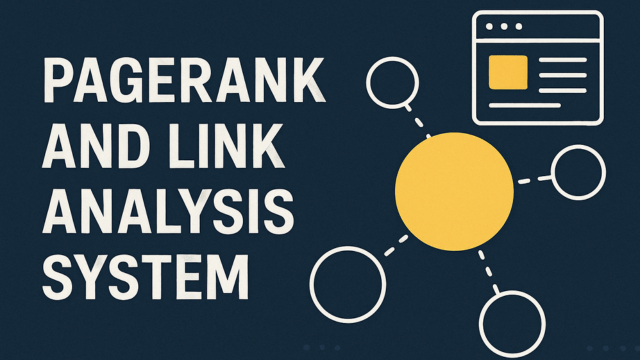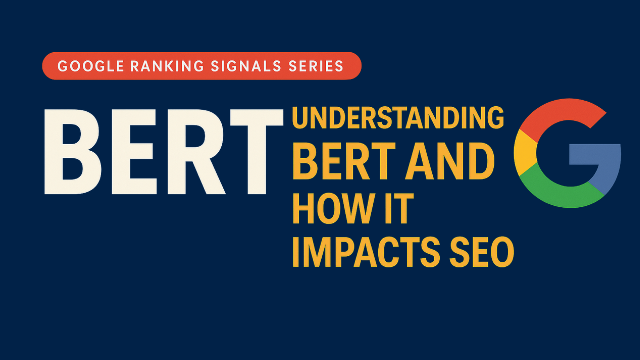Google Crisis Information Systems (CIS): Ranking Signal Explained
As we continue our in-depth exploration of Google Ranking Signals, this article covers the second major ranking signal: Crisis Information Systems (CIS).
In Part 1 of this series, we discussed the BERT algorithm, a Natural Language Processing (NLP) system that helps Google understand context better. Now, in Part 3, we move toward a trigger-based and event-sensitive signal that often gets overlooked—Crisis Information Systems.
Let’s understand how CIS works, its two components, its effect on SEO, and what website owners can do about it.
What is Crisis Information Systems (CIS)?
Crisis Information Systems (CIS) is a group of systems Google uses during critical events or personal emergencies to prioritize accurate, localized, and actionable information in search results.
Unlike standard ranking signals, CIS is event-triggered. It becomes active only during times of natural disasters, personal crises, or public emergencies and temporarily affects which content is shown more prominently on Google Search.
For example, imagine a small local news site that typically ranks low due to limited reach. If an earthquake suddenly hits that town, and people begin searching for it, Google’s crisis systems may push that local site higher in the results because it offers timely, local information that larger sites might miss.
CIS Is a Trigger-Based System
Google’s CIS behaves like a gun’s trigger: it only activates when a specific condition is met and deactivates when the crisis ends.
This means:
- Not every website is affected all the time.
- Impact is temporary and specific.
- After the crisis ends, the SERPs normalize automatically.
Two Parts of Crisis Information Systems
CIS is divided into two main subsystems:
Personal Crisis Information Systems
This part of CIS activates when someone searches for sensitive topics like:
- Mental health
- Domestic violence
- Sexual assault
- Suicide
- Drug overdose or self-harm
In such cases, Google bypasses normal search results and displays hotlines, counseling resources, and official emergency contacts relevant to the user’s region.
Google collaborates with government agencies, NGOs, and verified mental health organizations across 35 countries, including India, to provide this assistance. These contact details are highlighted directly in search results for queries that signal potential crisis.
SOS Alerts
The SOS Alerts System kicks in during large-scale emergencies such as:
- Earthquakes
- Floods
- Wildfires
- Man-made disasters
- Pandemics or health emergencies
It works by analyzing:
- Real-time data from authoritative sources
- Local internet activity and search trends
- Inputs from official government channels, emergency responders, and NGOs
Once triggered, SOS Alerts push helpful information—like shelter locations, emergency guidelines, or road block alerts—in both local and English languages.
Impact of CIS on SEO and Website Visibility
Personal Crisis Queries
If your site discusses mental health, social issues, or domestic violence, your content may not appear for certain queries where Google prioritizes verified help sources.
Even high-quality blog posts on these topics may be pushed down in favor of national helplines or support organizations.
SOS Alert Scenarios
During a disaster, small or lesser-known sites might lose visibility temporarily.
Authoritative sources like government portals and top news platforms are prioritized.
However, if your website provides unique, hyperlocal, and helpful content for that area (such as shelter availability, safety tips, or local rescue info), Google may still promote your content during that time.
Tip: For normal times, you can continue focusing on evergreen content optimized for NLP. If you’re not familiar with Google’s BERT system, here’s a complete breakdown of how BERT works.
How to Prepare Your Website for CIS-Triggered Events
For Personal Crisis Topics
If you run a website offering support or helpline services:
- You cannot rank by SEO alone.
- Google only shows help details from partnered organizations.
- To appear in these areas, your organization must establish a partnership with Google.
Multiple organizations from the same country can partner, especially if they’re certified in crisis response.
For Emergency or Disaster Situations
Local news or community websites should:
- Maintain accurate and real-time content.
- Ensure fast loading times, especially on mobile.
- Include structured data that helps Google understand context.
- Optimize for local SEO and ensure location data is clear.
Don’t worry if traffic drops during a disaster — once the event passes, rankings return to normal.
Final Thoughts
Google’s Crisis Information Systems are built to serve humanity first, not SEO metrics. These systems activate only during emergencies and prioritize life-saving information over regular content. While this may temporarily affect rankings, it also opens the door for websites with reliable, local, and real-time information to be surfaced when needed most.
If you’re running a local news website, a mental health platform, or a disaster info blog, understand that credibility, authority, and sometimes partnerships with platforms like Google are key to visibility in these rare but critical moments.




